India and Bangladesh transit agreement holds promise for both countries and the region
Bangladeshi products like clothing, cement, and food can be sold directly in Nepal and Bhutan via India. In the future, Bangladesh will also find it simpler to ship goods to Myanmar.
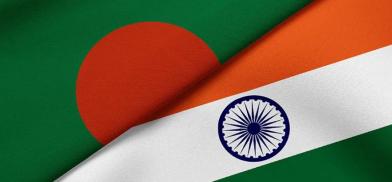
Though it was formerly thought to be controversial, providing transit and transshipment services to India is now a reality. There was much discussion and debate on this issue more than ten years ago. Although many people were skeptical of the agreement at the time, the Bangladesh government was certain of the advantages it could bring the nation. However, some experts felt that it would be best to proceed cautiously with the matter.
To improve and facilitate connectivity between the country's heartland and its northeastern area, New Delhi persisted in pushing for transit and transshipment through Bangladesh's land and water. To support its position, the Indian side painted a positive picture of Bangladesh's potential long-term gains. Gaining access to Bangladesh's transit or transshipment facility is unquestionably an important strategic advantage for India in terms of trade and geopolitics. Its proximity to seaports is particularly significant in this situation.
Transit fundamentally entails one country permitting another to use its territory to transport its cargo to another. Bangladesh is required to provide India with a transit facility in order for it to go to a third country because it is a member of the World Trade Organization (WTO). The GATT's Article V, paragraph 5, states that each contracting party "shall accord to traffic in transit to or from the territory of any other contracting party treatment not less favorable than the treatment accorded to traffic in transit to or from any third country with respect to all charges, regulations, and formalities in connection with transit."
Therefore, Bangladesh or any other country is not required by law to give India or another country the opportunity to use the transit facility to travel to another inaccessible area of its own country. As Bangladesh is the third country transiting, India is obligated to allow it to travel through it on its way to Nepal or Bhutan. However, if the two nations can agree on the terms and conditions, there is no obstacle to offering bilateral transit.
Improvement in sub-regional infrastructure
Bhutan and Nepal both have a strong claim to transit facilities as they are both landlocked countries. In 1976 and 1984, Bangladesh and these two nations also agreed on bilateral transit arrangements that gave them access to Mongla port. However, It was never realized. Things got better as India started allowing transshipment facilities in 2010. There is currently a move to expand the sub-regional infrastructure so that both of these countries may readily utilize the seaports in Bangladesh.
Along with transit, one country might provide another with a transshipment facility. Transshipment typically takes place when there is no direct commerce route connecting the export and import destinations. In most cases, it refers to unloading cargo from one vessel and then loading that cargo into another to complete a voyage to the destination. When a transshipment occurs, the containers are discharged from a ship from the first country at the border crossing or another designated location inside the second country. After being loaded once more onto a different ship, the containers are shipped to the destination, a third country, or another area of the first country. The transshipment hub is the name for the intermediary site or the place where the shipment is being transferred.
The formal transit agreement between Bangladesh and India was negotiated in 2010 and the protocol for transit and transshipment was inked in 2015. According to the agreement, Bangladesh has permitted the transportation of Indian goods from the mainland to northeast India via a number of land and marine channels. Bangladesh has also granted India permission to utilize the seaports of Chittagong and Mongla permanently for the transit and transshipment of commodities in exchange for the payment of a set of fees. Early this month, the Bangladeshi government officially authorized four routes for the delivery of products to merchants in Tripura and other northeastern Indian states.
India today has a number of access and exit points through Bangladesh's land and seas. It is often referred to as a multimodal transit facility. Transit through the rail network will soon be built as the rail connectivity project continues to expand between both countries. India now has strong strategic connectivity through Bangladesh.
Bangladeshi exporters will gain
In exchange for Bangladesh's extensive transit facilities, New Delhi has offered Dhaka unfettered use of its territory for the sale of Bangladeshi goods to third nations. India will permit Bangladeshi traders to ship their goods to other nations using its seaports, airports, and land customs checkpoints. The load on Chattogram, which manages more than 90 per cent of Bangladesh's seaborne trade, will also significantly diminish if the infrastructure is completed successfully.
The transit facility would also give exporters the chance to diversify their markets and goods, which is important for Bangladesh because it stands to lose duty incentives in export destinations after the country is upgraded to a developing nation in 2026. Bangladesh will greatly benefit from the offer, according to Selim Raihan, executive director of the research organization South Asian Network on Economic Modeling.
Bangladeshi products like clothing, cement, and food can be sold directly in Nepal and Bhutan via India. In the future, Bangladesh will also find it simpler to ship goods to Myanmar. It will also foster more sub-regional interpersonal engagement, which will boost connectivity, trade, and business.
Exporters will be able to save time and money if they can get their goods to an Indian land port, seaport, or airport before shipping them to a third nation, as Chattogram port is frequently crowded and expensive. Additionally, Bangladesh's ports will not be under as much stress.
Bangladesh has several chances when transiting via India. The use of Bangladeshi vehicles for transshipment is allowed, which will probably grow the country's logistics and transportation industries. Bangladesh would improve its regional connectivity with the support of thorough transit to India. When negotiating the bilateral Comprehensive Economic Partnership Agreement (CEPA) with India, it can also be used as a bargaining tool, but it must be utilized carefully.
(The author is a political analyst and columnist in Dhaka, Bangladesh. Views are personal. He can be contacted at dr.ranajitmazumder1980@gmail.com)



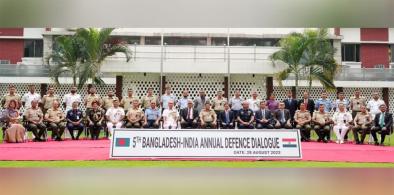
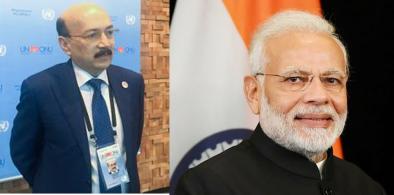
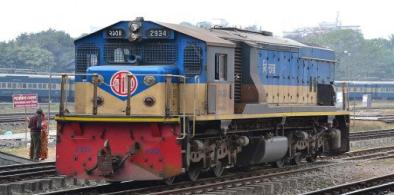
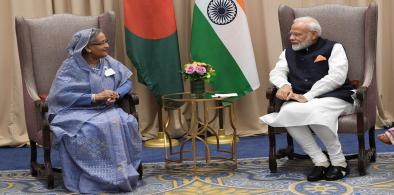
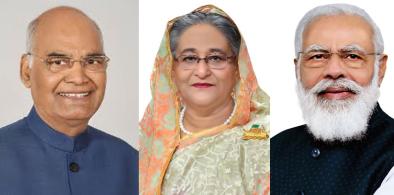
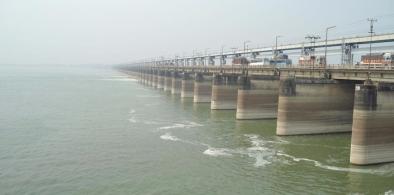
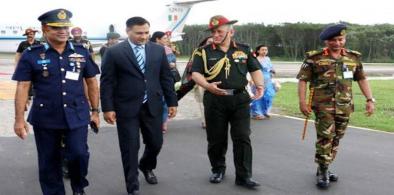











Post a Comment